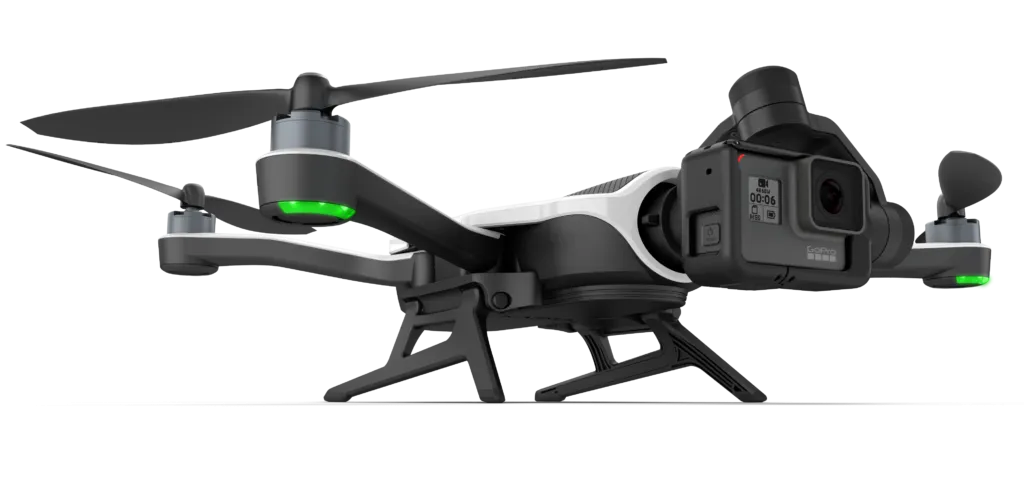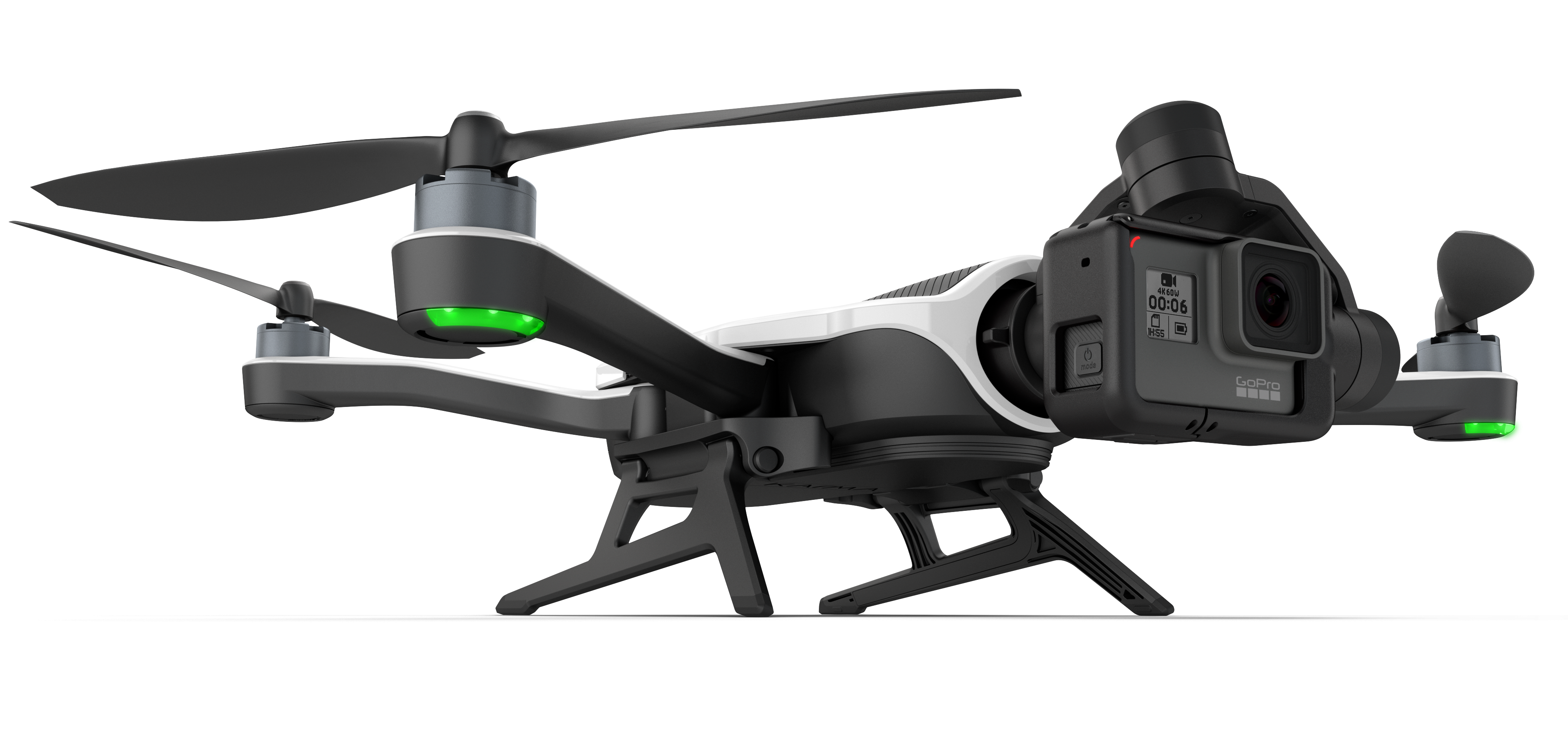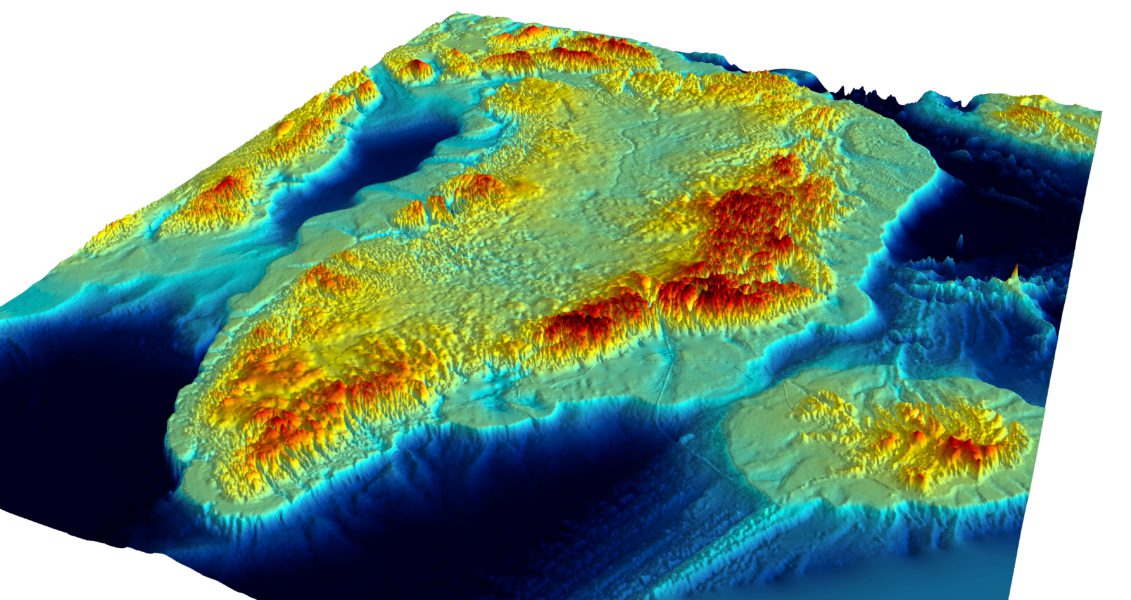
Karma cleanse: GoPro exits drone business, lays off hundreds

Some things are just not meant to be, GoPro has learned the hard way. After laying off one-fifth of its workforce (over 250 positions from the aerial division), camera maker GoPro is shutting down its Karma drone product. Existing Karma customers will continue to receive service and support from GoPro, but for how long, is not clear. The company is, in fact, looking to sell off its remaining inventory of Karma drones, offering it at a discounted price of $600.
The news isn’t entirely shocking because, for many, the Karma was doomed to fail the moment it was announced in late 2015. The UAV market was already crowded at the time, with Chinese drone-maker DJI hell-bent on annihilating the competition. The early units of Karma were riddled with manufacturing defects, losing power during operations and falling out of the sky. The company even had to recall the first 2,500 drones during the busy holiday quarter of 2016.
But in an interview with TechCrunch, CEO Nick Woodman has insisted that this week’s shutdown has more to do with the poor sales of the company’s Hero5 action camera, than with Karma’s own horrible launch. “If Hero5 Black had sold to expectations at its original $399 pricing, we would not have had to change prices across all of our cameras, and we would not have had to do a restructuring and we would have been able to continue investing in programs like our next generation Karma. But reality is reality,” Woodman has explained.
Meanwhile, in a statement to its investors, GoPro has asserted that it is exiting the drone market because of the hostile regulatory environment in Europe and the United States. This environment “will likely reduce the total addressable market in the years ahead,” the company feels.
Even as GoPro tries to trim down operating expenses by shuttering its drone division, Woodman is not discounting the possibility of partnering with a “larger organization” to bolster its sagging profits. So, is this the end of GoPro as we know it? Looks like we will find out soon enough.





